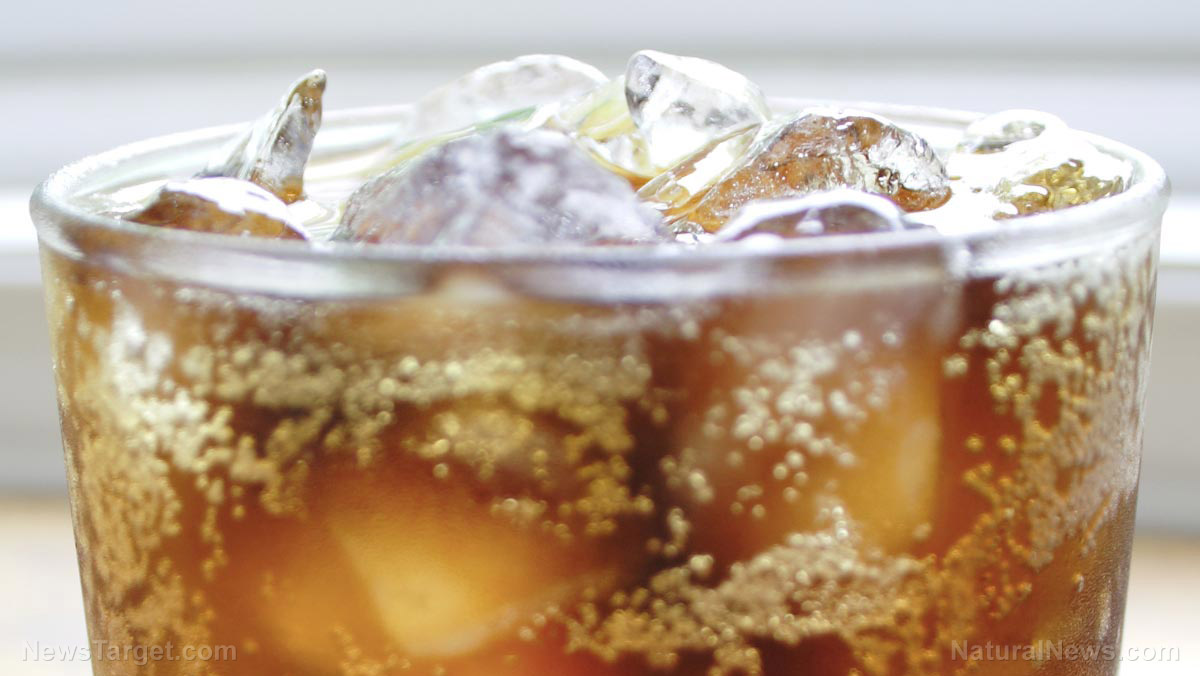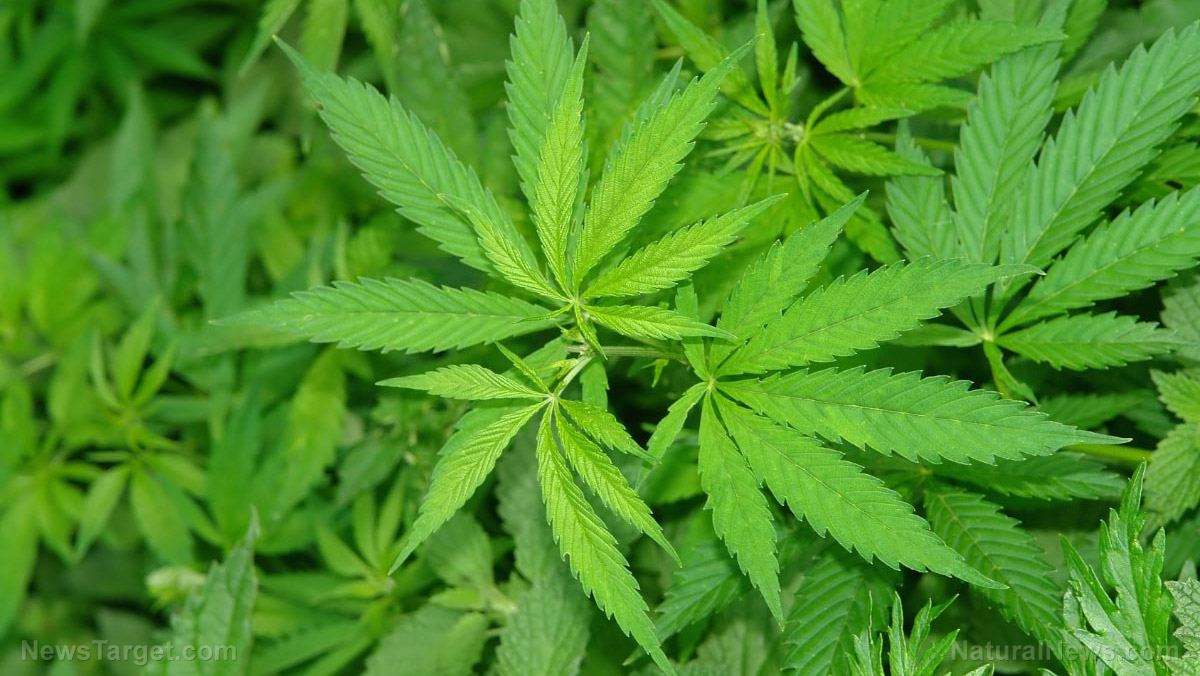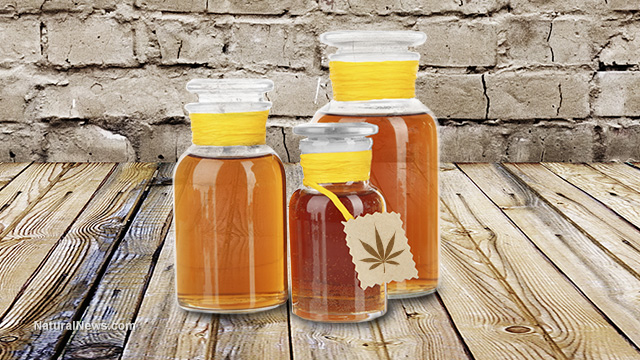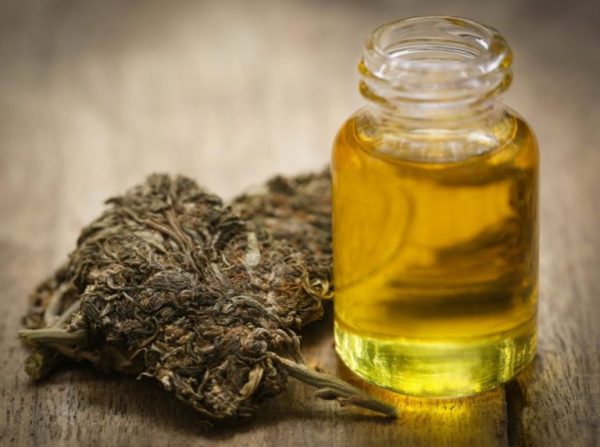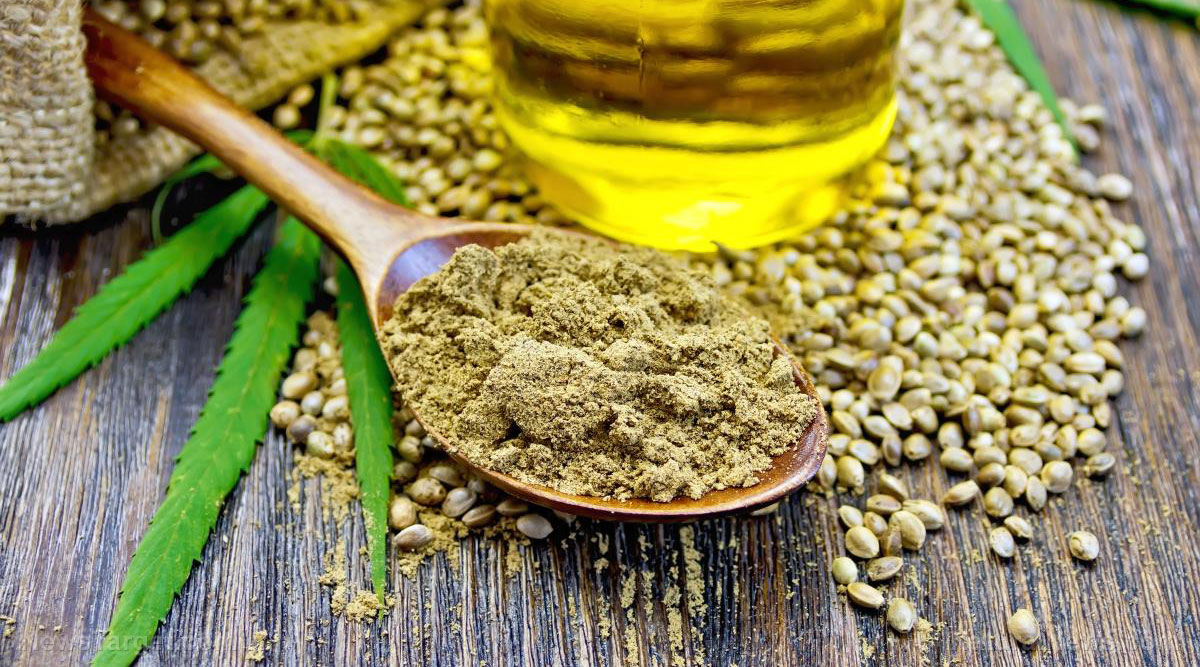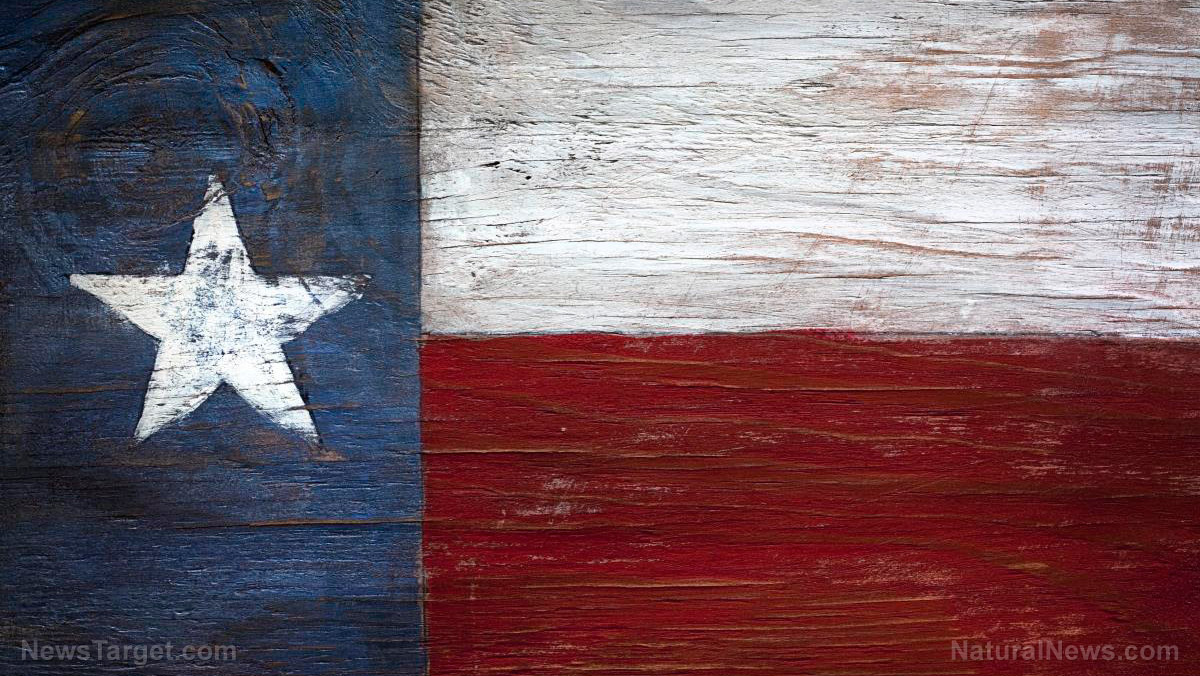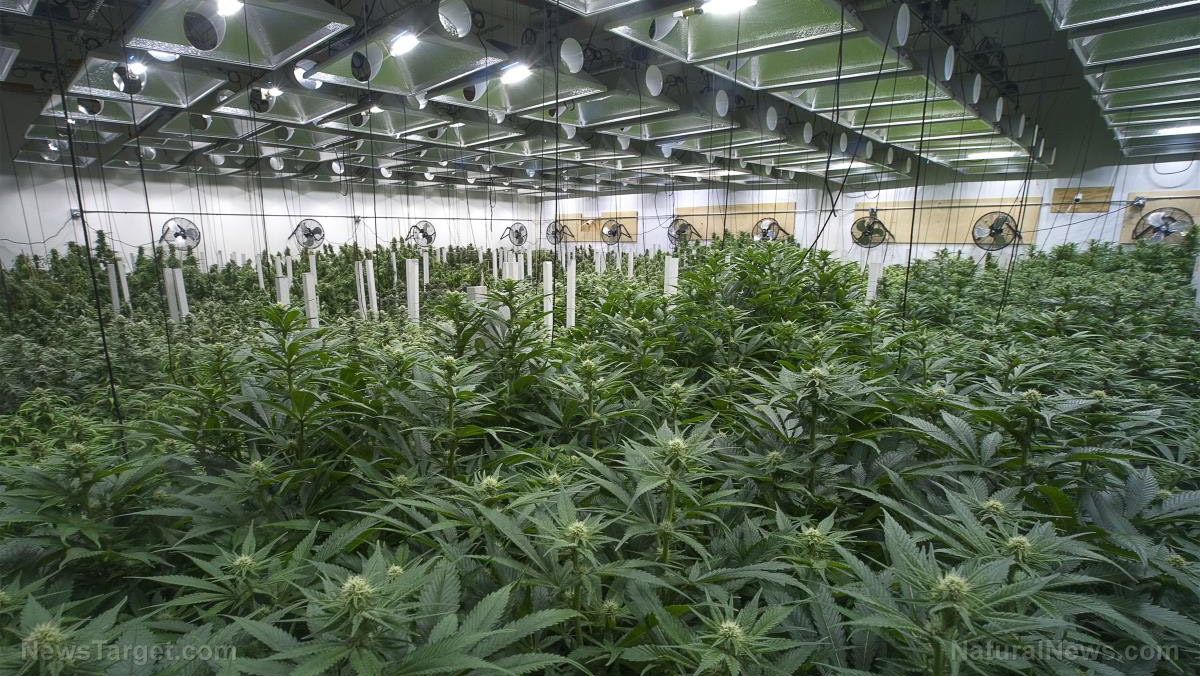High hopes for houses made from hemp
09/15/2016 / By hempscience

A cutting-edge refinery is processing specially bred hemp and researching innovative new biomaterials that could help build future eco-friendly homes.
Article by Steve Gillman
Hemp has some of the strongest fibres found in nature and was used for thousands of years to make clothes, ropes and ship sails. Then, with the invention of cheap petrochemical fibres, and later strict drug laws, hemp production mostly disappeared, until researchers figured out they could use it to make sustainable biomaterials, and even build houses.
‘Hemp is a multi-use crop,’ said Dr Stefano Amaducci from the Department of Sustainable Crop Production at the Università Cattolica del Sacro Cuore in Piacenza, Italy.
‘For the first time we have evaluated the commercially available genotypes of all the interesting traits,’ said Dr Amaducci. ‘This is important from a market point of view because it looks at the best varieties for fibre quality, fibre yield and seed yield.’
The project also has its own biorefinery where Dr Amaducci is working with his partners to improve processing techniques of hemp into fibre, oil, fine chemicals and biofuels.
However, it’s not just hemp that can replace oil-based fibres, it’s also corncobs, oat, wheat bran and sawdust.
The EU-funded EcoLASTANE project explored the production potential of an organic compound called furfural, which is derived from these materials as they decay.
Oil-based polyester makes up 72 % of the fibres consumed in the industry, and the issue is the high levels of emissions and pollution associated with obtaining the raw materials for these fibres and then transporting, storing, handling and processing them.
On the other hand furfural can be made by just heating and cooling biomass, which the EcoLASTANE project developed to transform this agricultural by-product into a new 100 % bio-based polyester textile fibre.
‘The final fibres produced from petrochemical or biological origin are almost identical. Precisely for that reason our bio-based synthetic textile fibres can make all the same products,’ said Francisco José Caparrós, the coordinator of EcoLASTANE.
By the end of the project in early 2016 EcoLASTANE had developed demo products to showcase the potential of furfural fibres including bio-based polyester textiles for Raidlight, an outdoor clothes retailer.
According to Caparrós, this approach will also help reduce costs for manufactures by avoiding fluctuations in the price of crude oil.
‘We aim to improve the safety, environmental protection and cost reduction in an existing value chain by introducing a product that we know would perform very well in it.’
Read more at: horizon-magazine.eu
Tagged Under: hemp, hemp buildings

